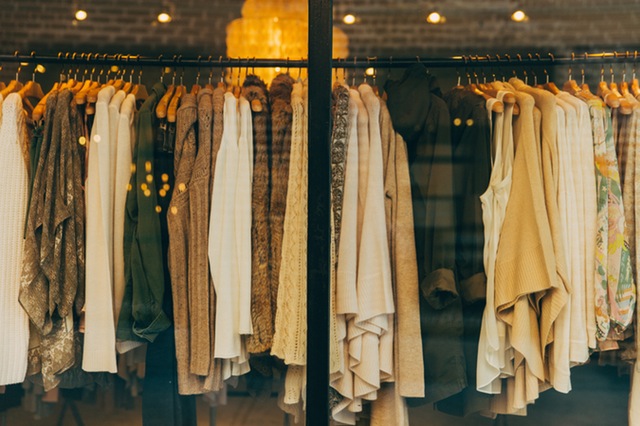Last Updated on: 21st November 2023, 11:46 pm
Consumers are hoarding tens of thousands of pounds worth of clothes that they’ve never worn in their wardrobes, as revealed by the latest data from True Fit, a global data platform for the fashion industry that decodes personal style, fit, and size for millions of consumers to help them discover clothes and shoes they’ll love and keep.
Poor fitting clothes are one of the fashion retail industry’s biggest problems and research from over 2,000 consumers, polled as part of True Fit’s Fashion Derailed report, showed that over a lifetime Brits will amass £32,951 worth of unworn clothing in their wardrobes because of difficulties in choosing the right size.
With British women forecast to spend £29.4 billion on clothing this year alone1, nearly half of UK female shoppers (45%) admit to having bought something online that they have never worn or have only worn once (44%). And, such is the frustration with fit fluctuation that over three quarters of women (77%) now say they choose not to purchase clothing online because they are unsure of what size to buy and half (50%) purposely avoid certain retailers because the fit and sizing of their clothes is so unpredictable.
And this poor fit epidemic, True Fit’s data suggests, extends beyond women’s wardrobes. With only 1 in 2 (44%) of the UK’s garments fitting them properly, the average Brit admits they only wear three quarters (74%) of the clothing in their wardrobes. When it came to getting the right fit, jeans proved the trickiest item to shop for online for both men (15%) and women (21%), followed by trousers (12%), boots (5%), dresses (4%) and heels (4%).
Lars Rabe, a business leader and fashion expert at True Fit, commented: “There is so much disparity in retailers’ sizing – with consumers’ clothing fluctuating several dress sizes depending on where they shop, for example – it is leaving many shoppers confused and frustrated when shopping for fashion online.”
“And it’s not just bad for consumer confidence, it’s also bad for the retailers themselves. Not only might they lose out on sales and erode customer loyalty, but they may also end up bearing the cost of fulfilling redundant items and orders.,” he added.
Romney Evens, Chief Product and Marketing Officer at True Fit, said: “The fact that half of the female consumers we polled avoid certain retailers due to inconsistencies in style, fit, and sizing is a clear indication of the confidence gap consumers face when shopping for fashion online. If retailers make recommendations for customers based on what they believe their average consumer would prefer, they are making that customer conform to an imaginary and inaccurate concept. This is where sophisticated AI technology can help – true one-to-one personalisation is needed to satisfy and delight consumers. This means making recommendations for that individual customer, not for people similar to them. Consumers are demanding an easier experience, and it’s exciting to see leading retailers adopting this capability.”








